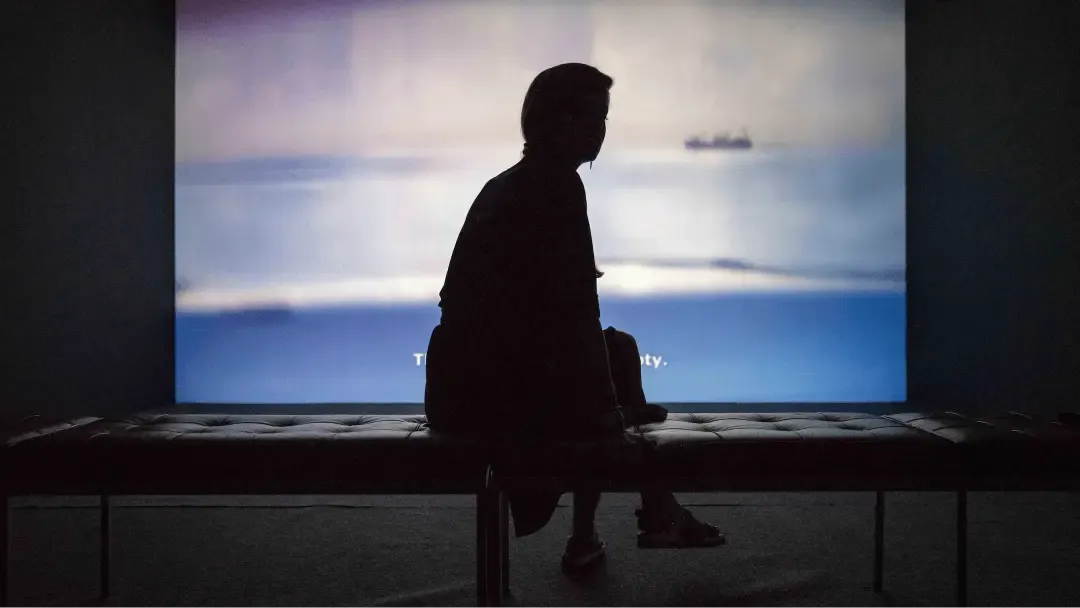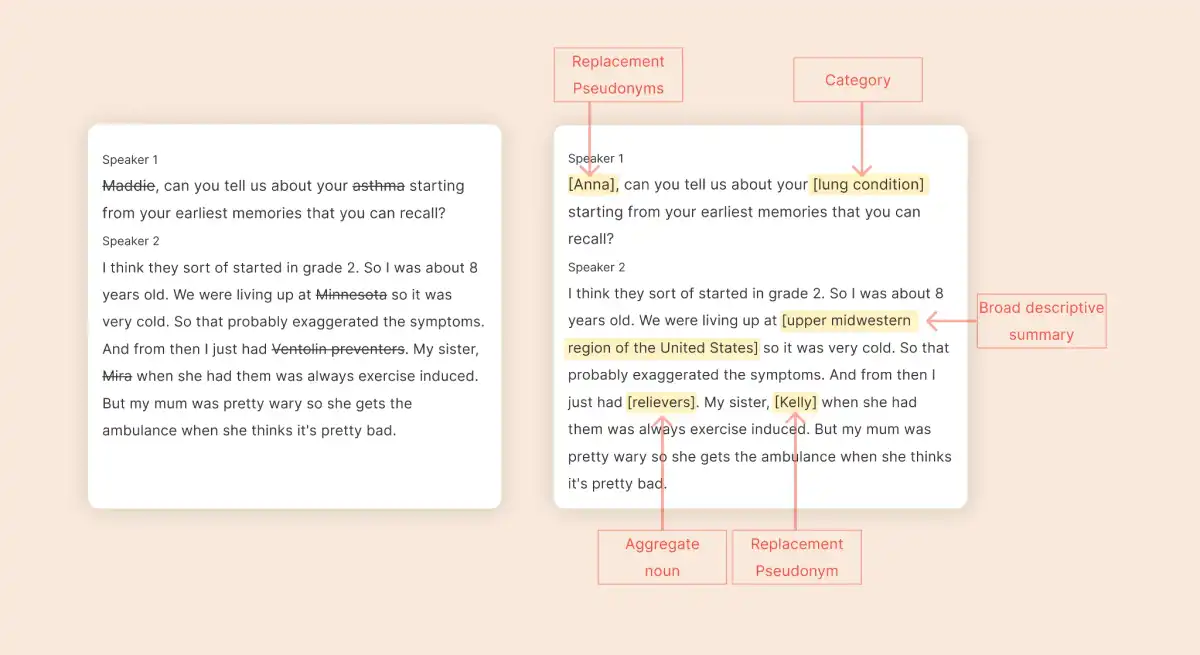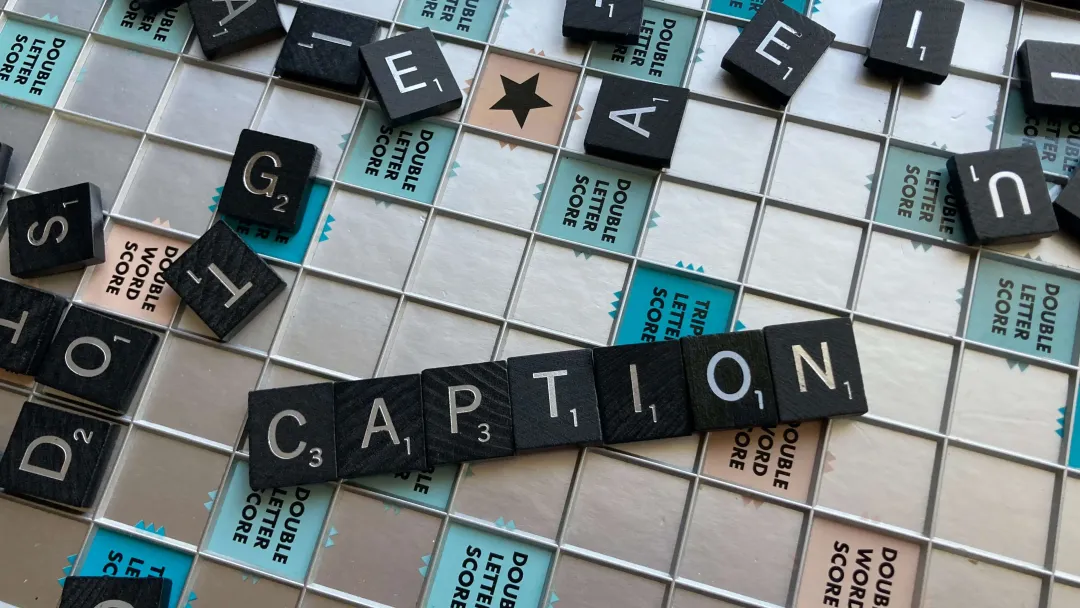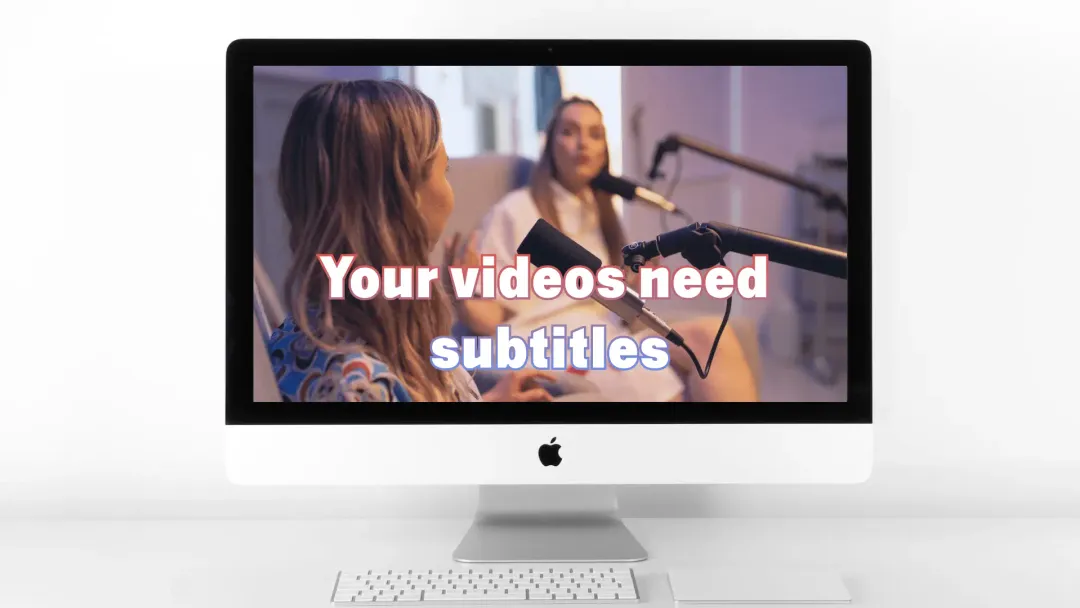The Art of Anonymization: Practicing Anonymity and Confidentiality in Research
December 2022
·
2 min read

Interviews are the focal point of any research with human participants.
As a researcher, you need to be mindful of their Personal Identifiable Information (PII) - data that can identify an individual, such as name, date of birth, address, phone number, etc.
Anonymization is the process of removal of any PII from the data. It ensures the participant's privacy and that the data is accurate and unbiased.
This article will help you understand how to practice anonymity in your interview-based research.
Understanding Anonymity and Confidentiality
1. Anonymity in Research
Disclosure of participants' information is sensitive. Researchers need to be cautious about how their findings can link back to them.
Research teams refrain from collecting any personal identifiers, direct or indirect, that would link responses to a specific individual to achieve anonymity in research.
Anonymity is particularly significant when disclosing research data may harm the participant.
2. Confidentiality in Research
Upholding an individual's confidentiality and privacy is a priority for any researcher. Interviewee responses and their information must be kept private.
You cannot identify subjects without explicit permission, as direct quotes/descriptive information could reveal an individual's identity.
How to maintain anonymity in interview transcripts
A lot of research interviews are conversations. An interview is even more valuable when the interviewee shares their personal experiences and anecdotes during the conversation.
These conversations are usually transcribed for research synthesis and may contain off-the-record information.
Non-disclosure of such information is pertinent to anonymity and grants the interviewee privacy and respect.
The two ways to protect participants' identifying information are:
-
Informed Consent
-
Redaction
Informed Consent
Informed consent allows you to use what the individual says during an interview. You can do this by signing an agreement before the interview.
Here are a few things you need to clarify on a consent agreement form:
-
Who will have access to the data?
-
How will their data be logged?
-
How will the data be kept confidential?
-
How is their data used to synthesize results?
Redaction
As a researcher, your goal is to retain all the key information from your interview. You also need to make sure there is no identifying information that can be linked back to the participant.
Redaction maintains anonymity by removing or obscuring sensitive information.
Redaction helps you de-identify participants' information by modifying text, audio, or video data.
Two ways you can do this in your interview transcripts
-
Pseudonymization: Replace the names of the participants with pseudonyms.
-
Anonymous transcription: Transcribe an interview without including the names of the participants.

Tips for anonymity and confidentiality while conducting an interview:
Before starting your interview
🎤 Prepare your questions to gather data critical to your research.
🎤 Be transparent while approaching someone for the interview.
During your interview
🎤 Ask for the interviewee's consent to record the conversation.
🎤 Take permission from the participants regarding the involvement of a third person for transcription.
🎤 Make sure the participant is comfortable during the interview.
🎤 Always end your interview by asking the participant if they would like to omit anything they've said during the interview.
🎤 Whatever your participant wishes to share off the record in your interview, keep it confidential.
After your interview
🎤 Store your data with encryption to keep the participants' information private.
🎤 Choose a compliant transcription provider when outsourcing your transcription needs.
Following the tips outlined in this article, you can practice anonymization to conduct your research in an ethical and responsible manner.


